Comprehensive Analysis: Breast Cancer Pathophysiology and Treatment
VerifiedAdded on 2022/12/27
|11
|870
|32
Report
AI Summary
This report provides a comprehensive overview of breast cancer, beginning with an introduction to cellular processes and the nature of disease. It then delves into the specifics of breast cancer, including its prevalence, particularly in Australia, and the associated risk factors such as age, genetic mutations (BRCA1 and BRCA2), and reproductive history. The report details the pathophysiology of breast cancer, explaining how malignant tumors develop and the role of DNA and genetic mutations, including estrogen exposure. Clinical manifestations are discussed, emphasizing the importance of breast examinations and self-awareness. Furthermore, the report outlines various treatment options, including screening tests, lifestyle modifications (such as alcohol moderation), and hormone therapy considerations. Finally, the report concludes with implications for clinical practice and the rising incidence of breast cancer, emphasizing the need for early detection and appropriate treatment strategies. References to supporting literature are included.
1 out of 11
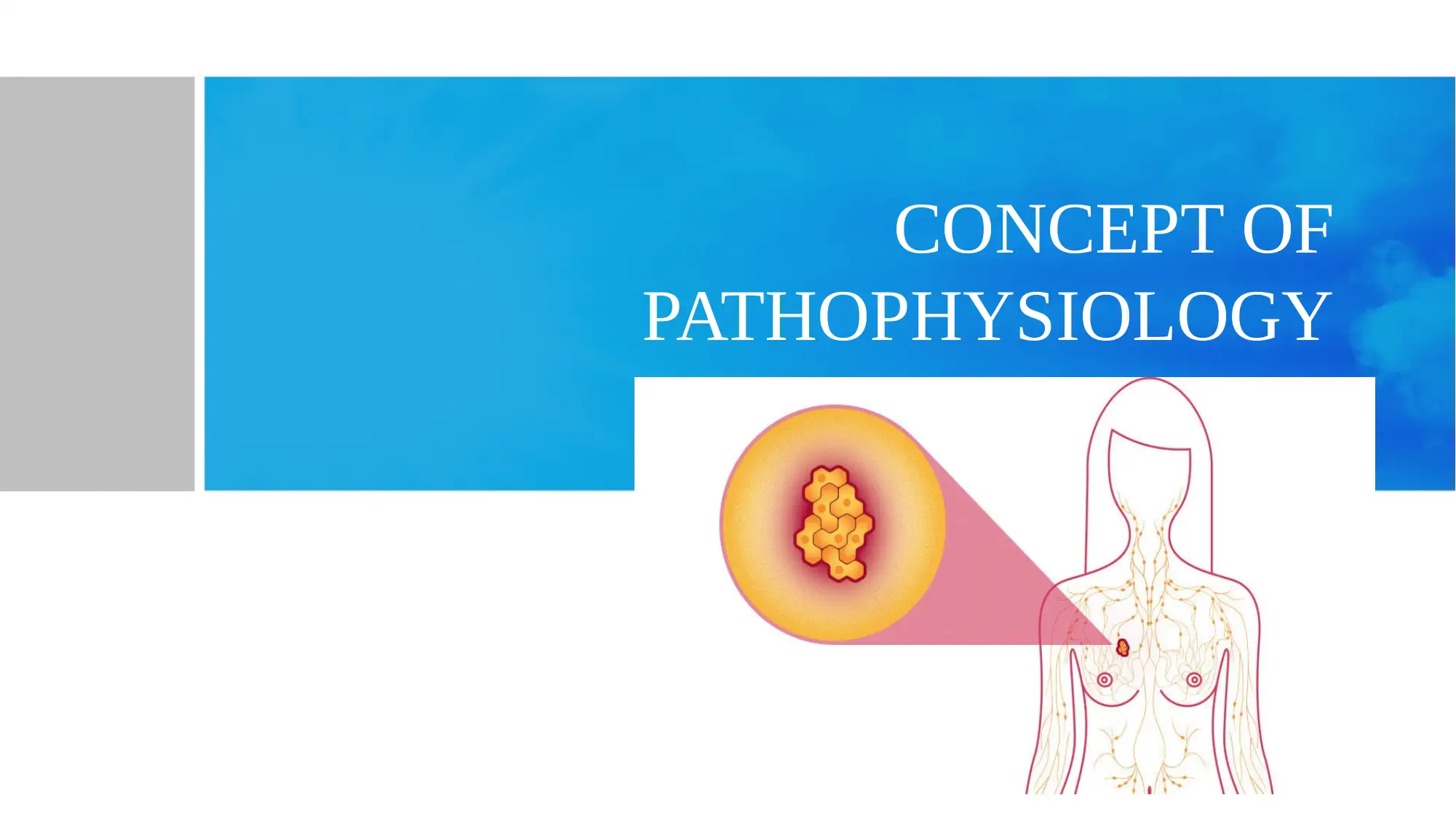
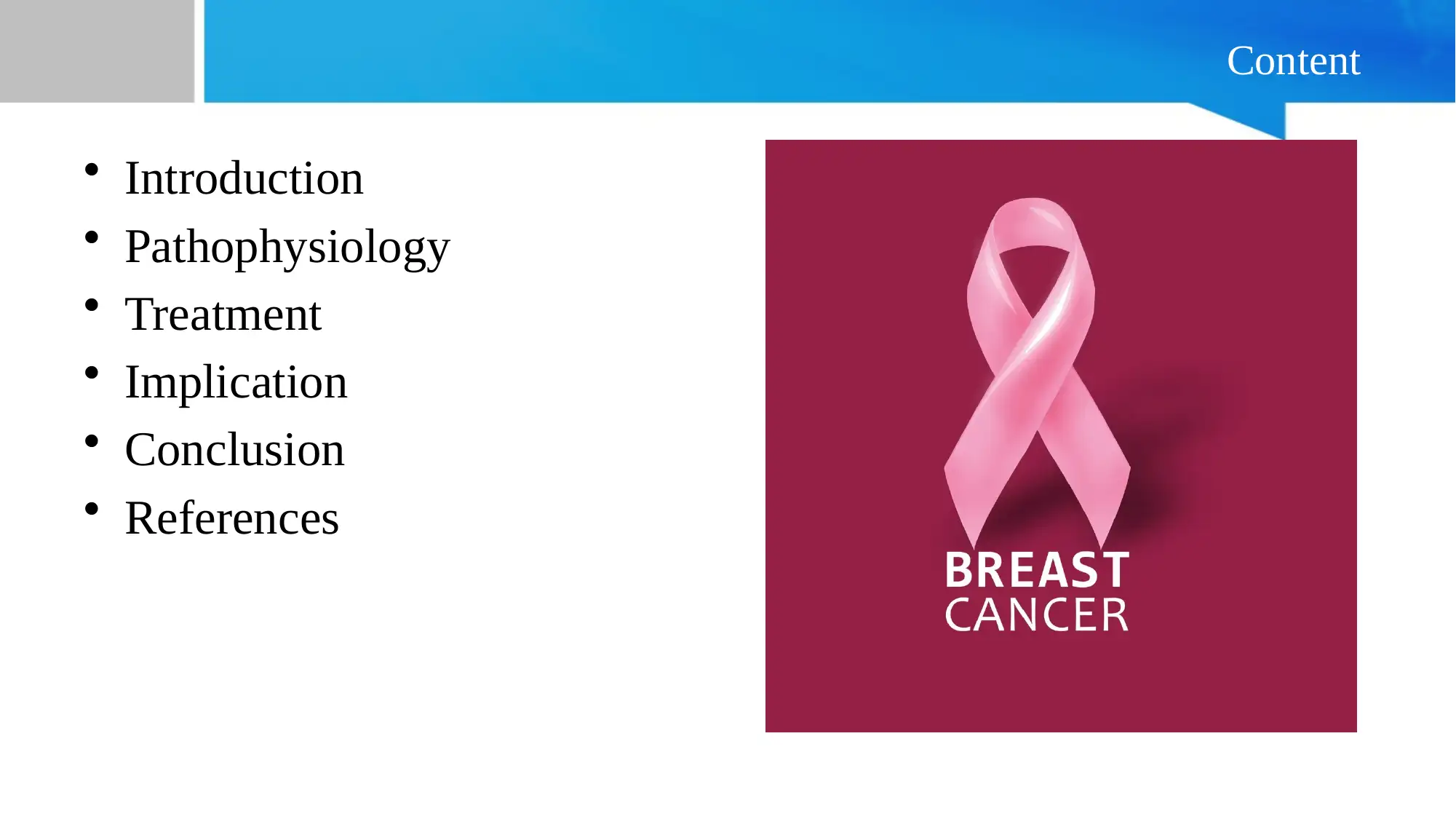
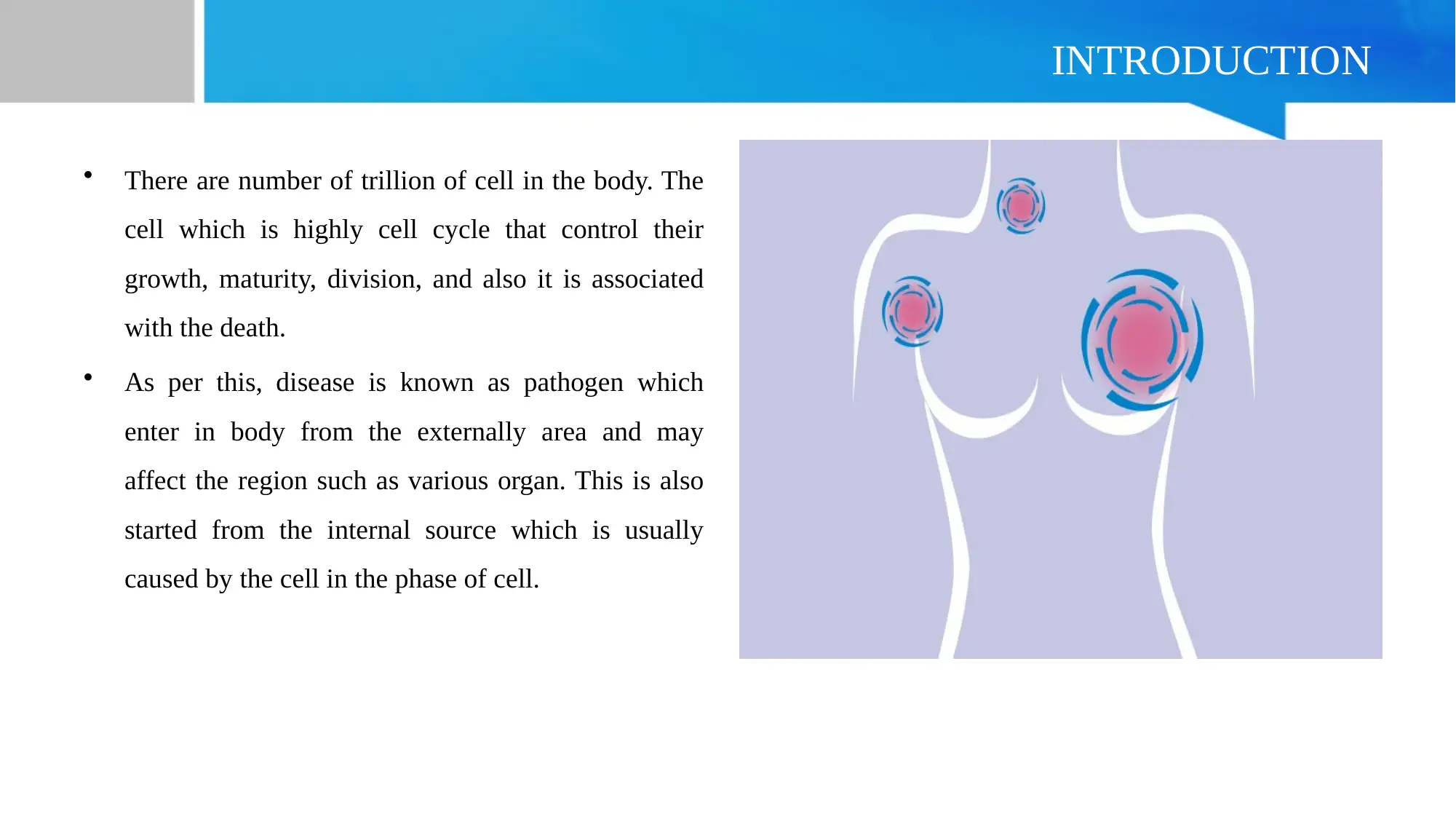

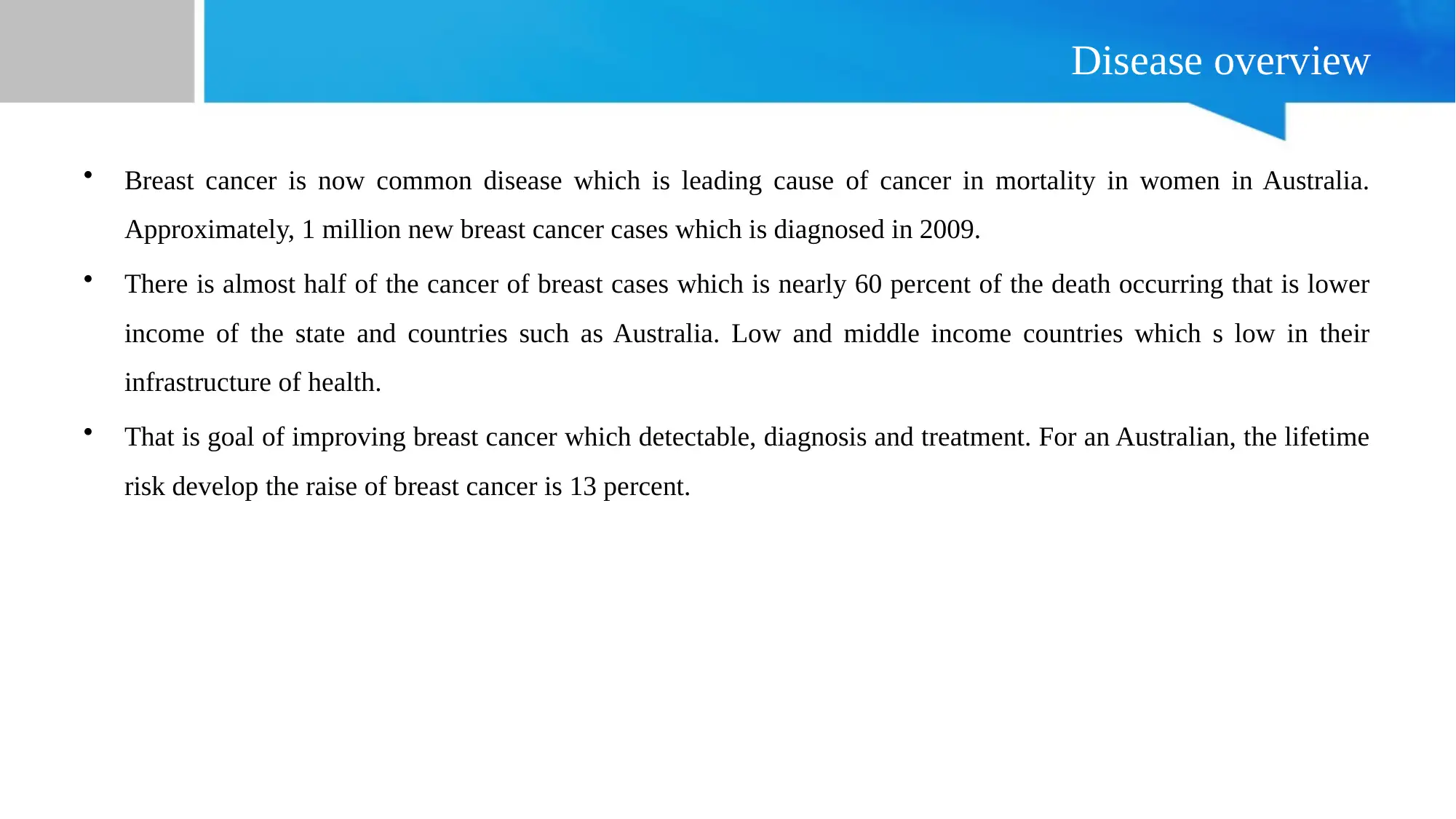


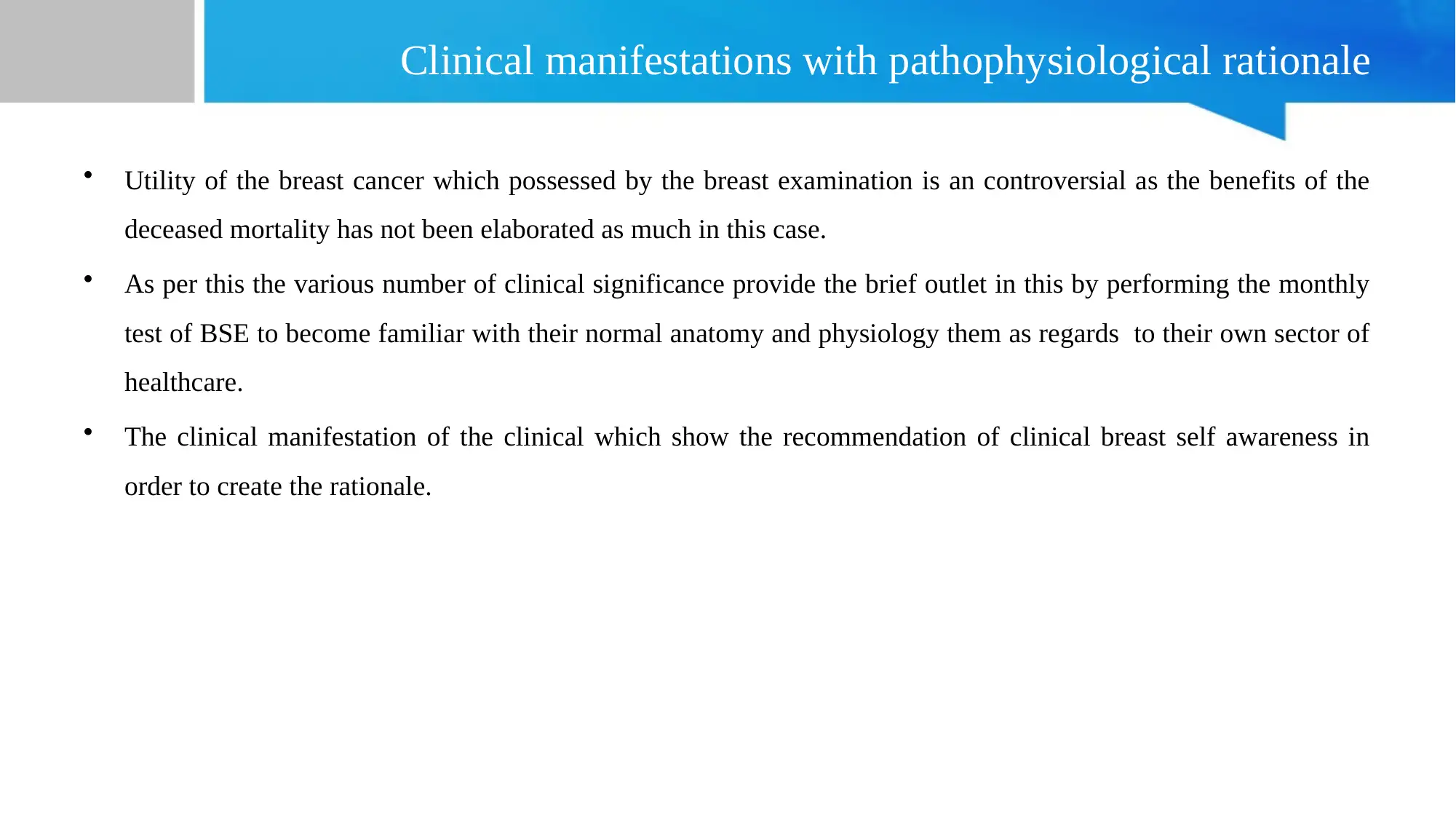
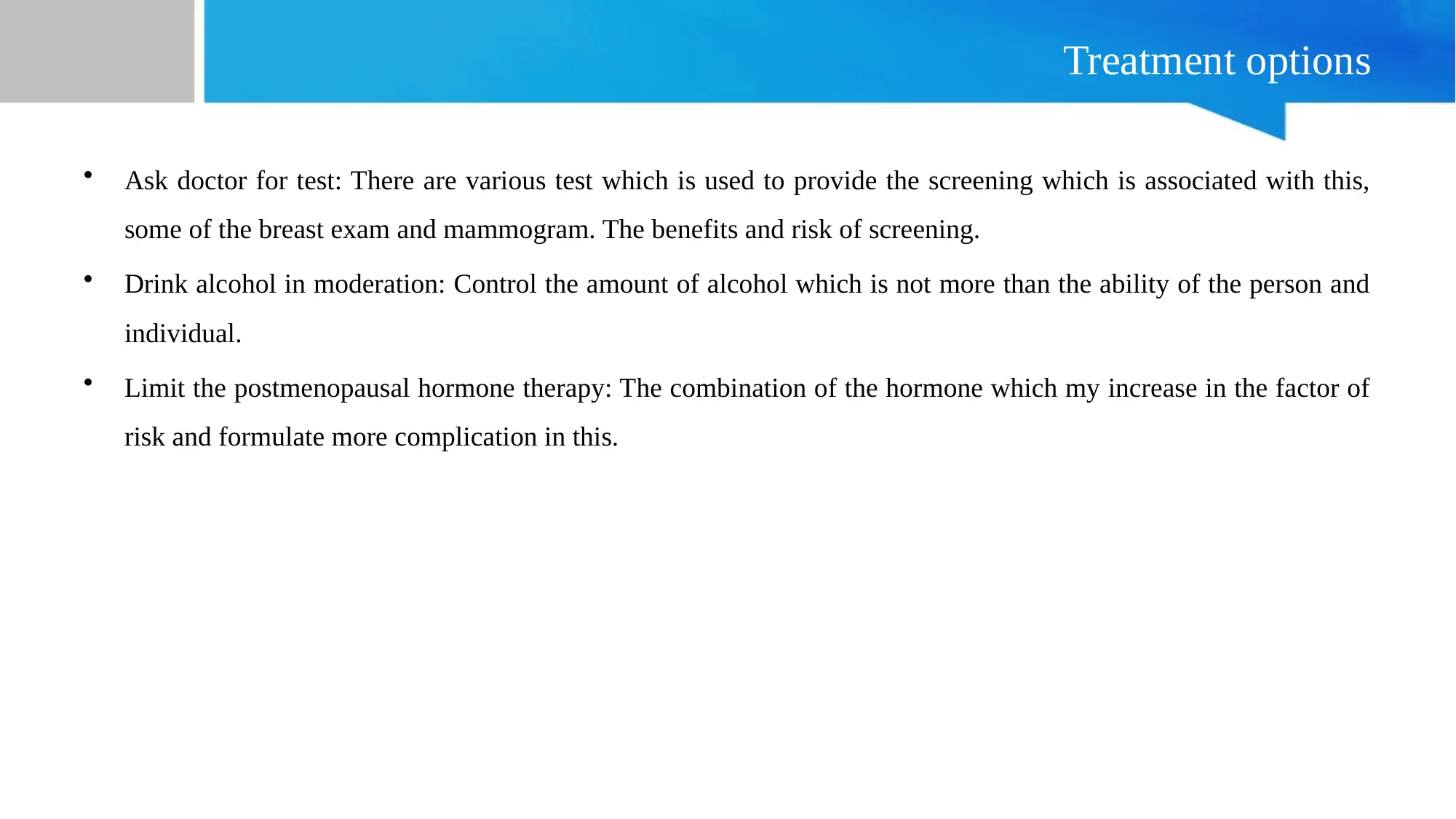
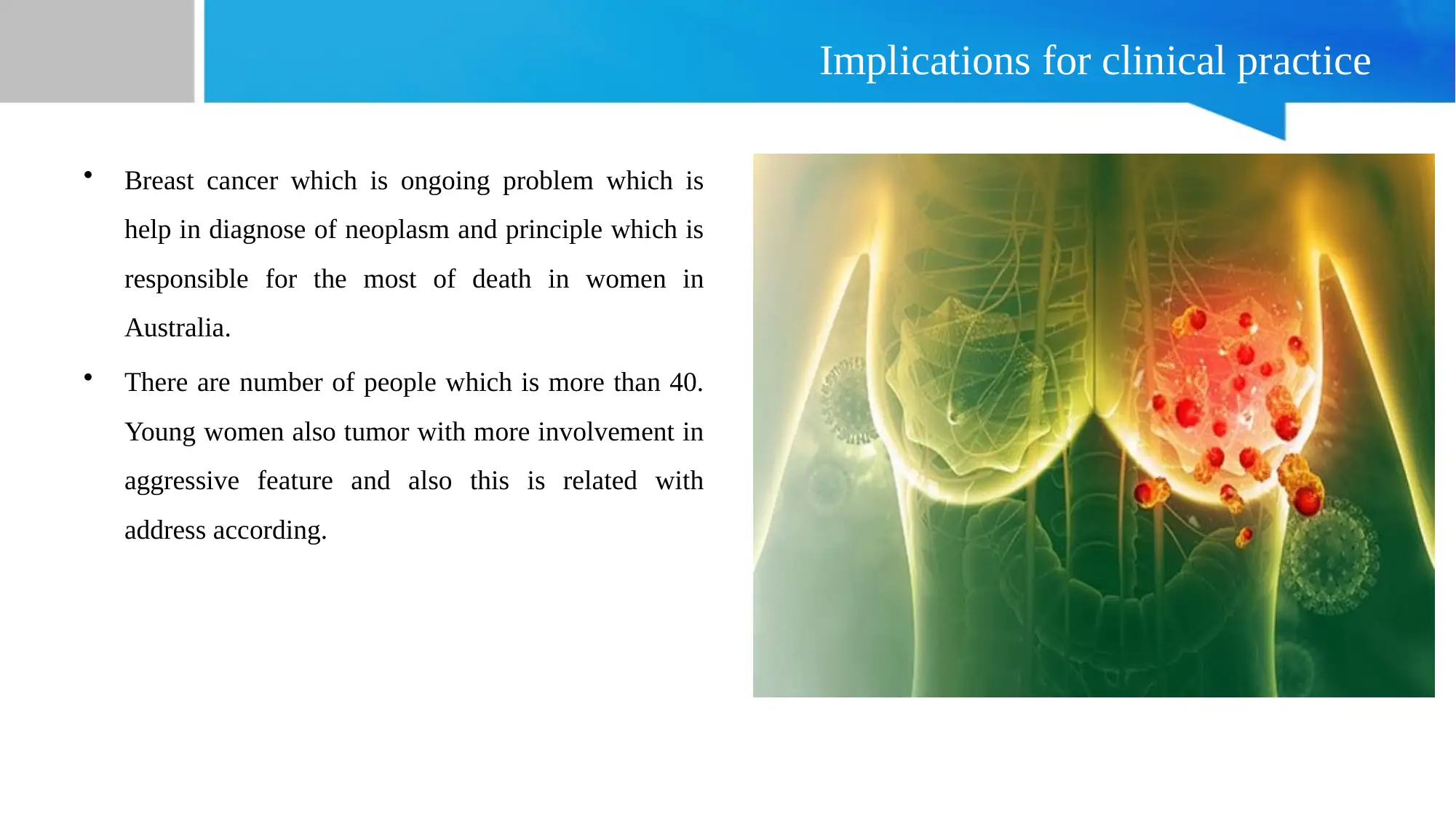
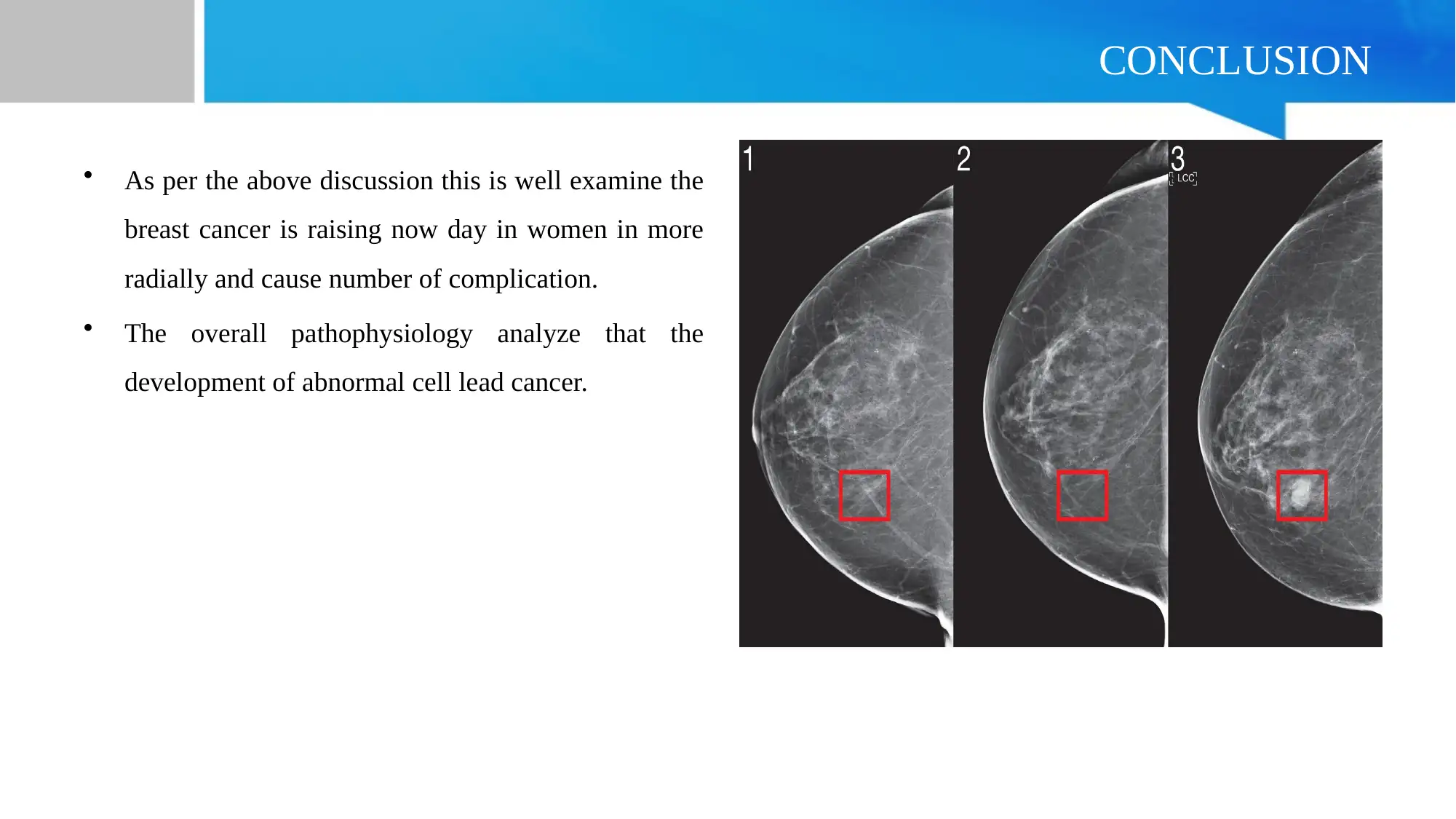







![[object Object]](/_next/static/media/star-bottom.7253800d.svg)